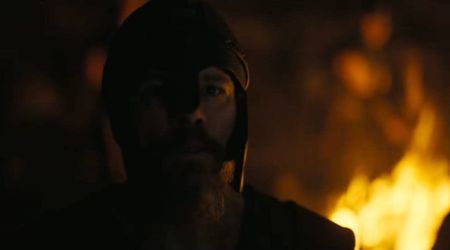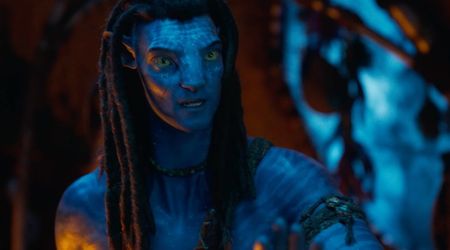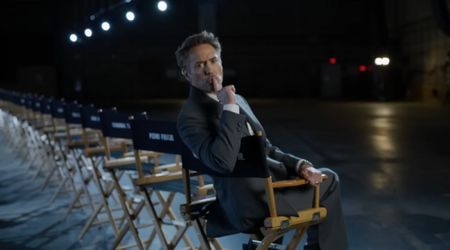'Hitchhiking to the Edge of Sanity' is a wild tale tamed by the limitations of its documentary format

Richard 'Dick' Russell, one of the protagonists of this documentary, tries to explain why he decided to "write stories" while his friend Steve Ewert took pictures on his Nikon F camera as they traveled across Europe and Africa in 1971. He describes how he thought that Kansas was the whole world, till news trickled in of protests and peace marches, of Black Panthers, of war, and of revolutions. He describes how he wanted to be part of it, having his FOMO moment of everyone discovering something that he wouldn't.
Some generations are iconic because of events that overtake them and the '70s hippie restlessness certainly infected many young men and women, who rucksack on their backs, darted to all corners of the world, looking for adventure, 'On the Road'-style, and with a foolhardy innocence that has never since been replicated. Ewert's nephew, documentary filmmaker Scott Petersen directs 'Hitchhiking to the Edge of Sanity' in an intensely personal way. He is essentially trying to recreate the stories his uncle told of him of his fantastical adventure. An adventure that brought Ewert and Russell close to death, as they danced with their demons and life-threatening situations, and were pushed to the edges of their sanity. Ewert had a full mental breakdown after they hitchhiked across the Sahara with their 'friends' made on the road, one of whom, Tom, becomes a particularly abusive enemy. We see Russell's growth as a wide-eyed boy with leftist ideals grow disillusioned with the hollow "revolutionary talk" by people who were despicable or money-minded or simply creepy -- their personal behavior at odds with their philosophy.
This treatment gives the documentary its enjoyable, home-made feel. But this approach also hobbles it because it spends too much time on moments that Russell and Ewert find relevant to their personal journies -- the observational distance is missing that would do a sweeping tale like this more justice. You wonder about how a more fictional treatment of their adventures would look like since it would certainly feel more immersive and reveal more universal things about human nature, its follies, and foibles.
The documentary format means that for significant stretches of the hour-long film, you have two old men reminiscing about this crazy adventure they once had. While charming and their story is certainly gripping, the story lags, especially at the start. Being told how it is to be stuck in the middle of the planet's biggest desert is a lot less exciting than actually being immersed in that scenario via fiction. It is the contrast between watching a documentary about the life of T. E. Lawrence and watching 'Lawrence of Arabia', whose adventures inspired Russell to conceive of the trip in the first place.
Peterson tries to bridge this immersive gap by using desert locations for reenactments, locating archival and stock footage and using the thousands of pictures Ewert took on the journey. He combines these with Russell's meticulous daily journalling that produced a 1,000 pages of single-spaced text (typed on both sides), cranked out on his trusty portable Smith-Corona typewriter that accompanied him on his travels with Ewert. While Ewert gives a more emotion 'in' to their story, Russell provides the intellectual heft to the narrative, observing and analyzing the ebb and flow of tensions as their strange caravan made its way across the desert. Undoubtedly, their story is begging for a Hollywood treatment.
'Hitchhiking to the Edge of Sanity' is available to stream on iTunes and Amazon Prime Videos.










